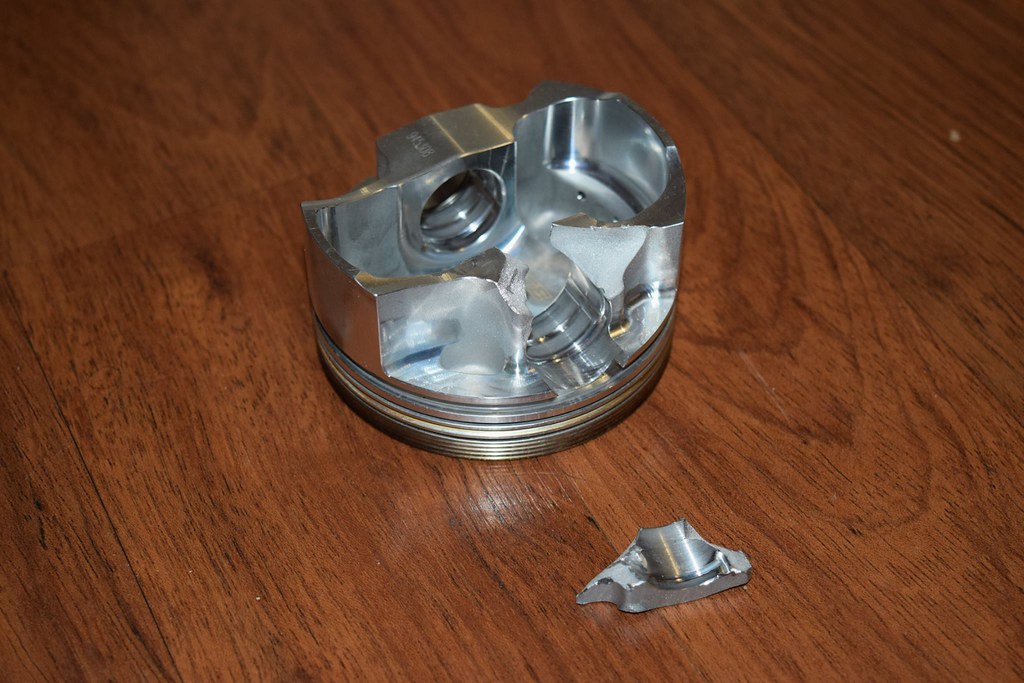Come on, man.
Fairy tales are not my speciality.
I give up.
Edit: If you measured 0.0012" cylinder wear, this is a totally different animal compared to piston to cylinder clearance.
0.0012" is normal for cylinder wear. But not relevant (at least not directly) to the discussion.
Fairy tales are not my speciality.
I give up.
Edit: If you measured 0.0012" cylinder wear, this is a totally different animal compared to piston to cylinder clearance.
0.0012" is normal for cylinder wear. But not relevant (at least not directly) to the discussion.


 :)
:)



Comment